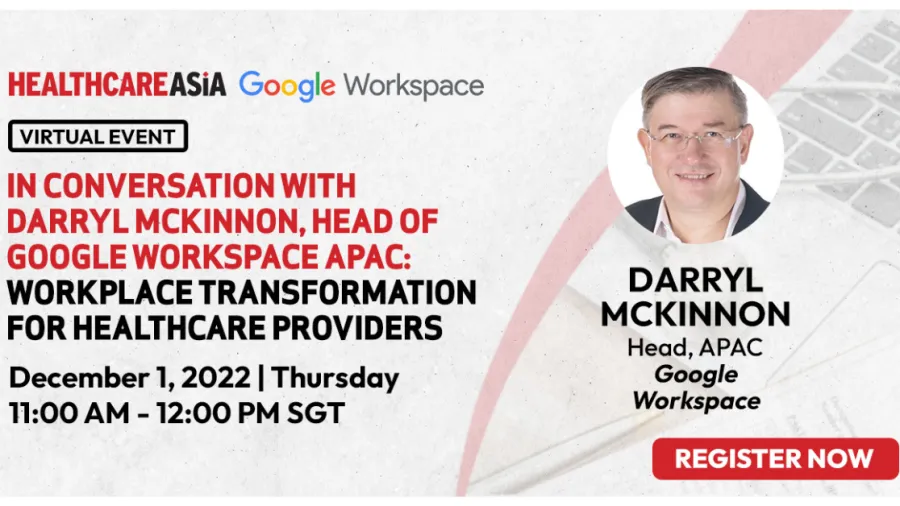
User-friendly Collaboration Tools Automate Tasks, Reduce Burnout amongst Healthcare Workers
Google WorkSpace No-Code Tech allows staff to automate manual processes without coding skills.
Despite the inroads in digital transformation that have been made in healthcare, some institutions continue to struggle on their digitalisation journey. Most healthcare technologies are geared toward patient care, often negating the needs of frontline workers specifically in terms of collaboration and engagement tools.
The dynamic nature of frontline workers—nurses and doctors and other clinical staff always on the move and constantly working in unpredictable environments—makes it all the more imperative that they can have data on demand and at their fingertips to provide better patient care. Just as importantly, connection and collaboration whilst always moving can enable self-care.
“Frontliners are often dealing with rapidly evolving information when treating patients,” Darryl McKinnon, Head of Google Workspace APAC, Google Cloud, told Healthcare Asia in an interview. “So generally, they need tools that allow them to be nimble and flexible without sacrificing accuracy.”
He added that healthcare providers need tools that allow them to access information easily, schedule shifts, manage tasks seamlessly, share workflows, and even find people quickly on a video call.
User-friendliness and relevant functionality for healthcare workers places them in the best "position to provide the best care to their patients and stakeholders, which is really important in how we can enable frontline workers."
“We have definitely seen a real push to innovate and help our frontline workers have a much better experience,” McKinnon said. “COVID-19 helped accelerate the technology for the use of video technologies.”
Google Workspace in Healthcare
Google Workspace in healthcare would allow organisations to enable their frontline workers to stay connected with their peers, colleagues, and patients from anywhere and anytime by leveraging analytics in a secure environment.
One tool that the company believes can help drive productivity and innovation in healthcare is Google Glass, wearable smart spectacles that make information available, quite literally, right before your very eyes.
“You can provide remote care for the diagnosis of skin conditions; have a nurse in a remote location with a specialist in a centralised location diagnose that very quickly,” McKinnon cited, adding that the glasses can also be used to provide training to workers in remote locations or in a hazardous environment.
There is also rising interest in Google Workspace’s no-code technology, he said, which would enable healthcare workers to automate paper-based, manual processes such as stock checks even without coding skills. This capability allows “no-code warriors or healthcare digital citizens to curate and digitise repetitive tasks.”
The bigger picture is using the Google Workspace platform, a suite of interprofessional collaboration tools that includes Docs, Sheets, Slides, Meet, and Chat.
“These tools allow you to drive healthcare frontline workers to connect quickly, share documents in real-time, or share a video to diagnose a problem or address an issue,” he said. With such tools, a doctor, nurse, physical therapist, occupational therapist, and the pharmacist could work together to carry out an individualised care plan to improve a patient's health status.
The Four Cybersecurity Horsemen of Healthcare
In an industry that nurtures trust, protection, and care, it seems outrageous that healthcare institutions would be the target of cyberattacks. The truth is, the industry suffers a disproportionately larger amount of data breaches compared to other industries. As digital information has become more valuable, the industry has had to build a culture of privacy and data protection.
According to a Thomson Reuters report, about 66% of healthcare organisations globally were hit by ransomware attacks in 2021, up from 34% the year prior.
McKinnon added that “they actually saw 1.76 attacks every day. It's one of the biggest challenges keeping healthcare IT and organisations awake at night.”
Expanding on this, McKinnon said that aside from ransomware attacks, healthcare institutions also face phishing attacks, data breaches, and denial-of-service attacks. Shutting down a healthcare facility is critical and impacts how an organisation can respond to business-as-usual patient care, emergencies, or just running the business in general.
McKinnon claims that Google’s cloud-first foundation has full security and a zero-trust architecture that protects organisations from these threats. “We protect against thousands of phishing attacks every hour with the "verify everything, trust nothing" approach. This allows us to provide a very secure infrastructure from Google Cloud.”
Because Google Workspace runs on that architecture, the platform benefits from all of the features and experiences, such as two-factor authentication and encrypted patient data.
“Every piece of data that Workspace sends, whether it's an email, a calendar invite, a chat, or even a Meet video, is encrypted,” McKinnon stressed. “Our technologies allow organisations to check whether they're sending documents to external parties, limit the information that can be sent externally, and track that.”
Better Patient, Staff Services through Digital Transformation
In the future, Google Workspace sees more opportunities for healthcare organisations to improve patient and staff services with digital transformation, one of which is team collaboration.
Smart chips are a technology that securely extracts information from hospital customer care systems, including patient data and information on attending doctors, nurses, and other care providers, and shares it in Google Docs and other file formats to drive diagnosis, testing, and treatment plans. As a bonus, digitising manual tasks could help with worker burnout.
Google Workspace hopes to "empower them with technology that allows them 'magical moments' around scheduling their day and staying connected with peers and their organisation, so that they're positioned to provide the best care to patients" with these technologies.
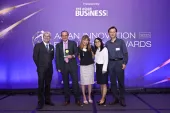


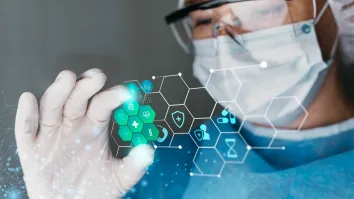











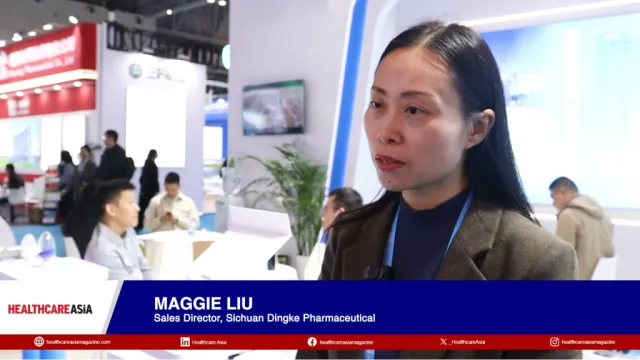

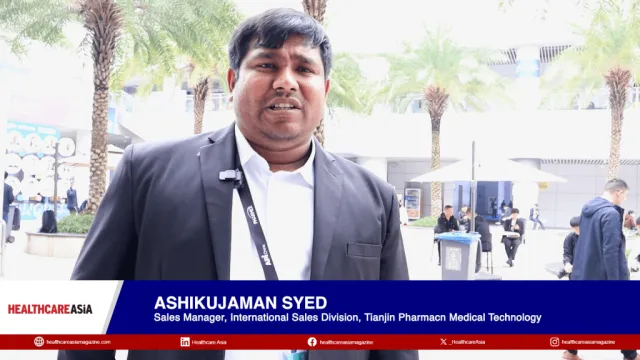

 Advertise
Advertise





